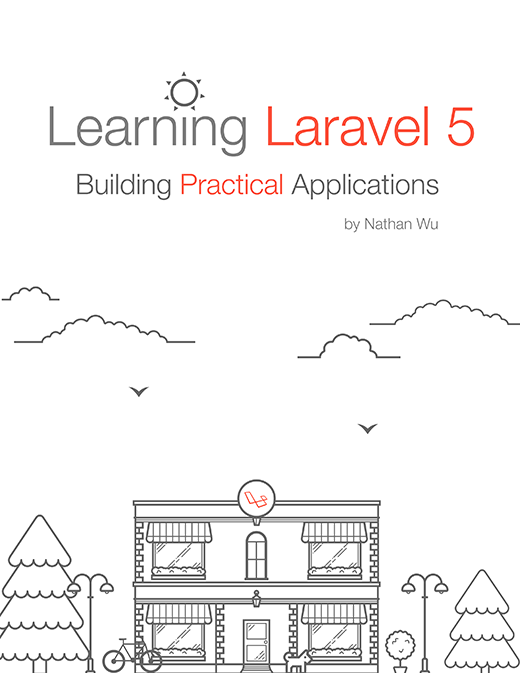Eloquent Create, Update, New...the Untold Story
Jeff Madsen has written a nice tutorial about Laravel Eloquent's functions.
Like zombies, they lurch forward out of the swirling fog of the documentation, threatening your peace of mind...firstOrNew. firstOrCreate. updateOrCreate. You can look away, but you can never forget they're there...
Okay, probably better saved for Halloween than April Fool's. Still, for a great many of us, it captures the feeling, doesn't it? We know they must be for something, and the fact that we don't know for what leaves us slightly unsettled. Over on Laravel Quick Tips we've been looking at a few of these functions and their uses, and I thought it might be helpful to collect all of them together in a single (I hope) coherent post.
Without further preamble, let's get to it. I'm going to use the basic User object and table that ships with a default installation of Laravel so you can follow along if you like.
New vs. Create
Let's start by answering one of the fundamental differences in creating new records - what is the difference between using these two bits of code?
User::create(['name' => 'Jeff']); $user = new User(['name' => 'Joe']); $user->save();The answer is a simple one - create actually creates and saves the record; the second method creates a new User instance but does not fire the save() method. Don't believe me? Have a look at Illuminate\Database\Eloquent\Model::create. It looks exactly like the second example!
Why would we do that? Why take the extra steps if we have a nice wrapper function? Because we are using an ORM. Something I see that is very common, and I think a mistake, is to ignore the fact that you a
Link:
This post is submitted by our members. Submit a new post.
Tags: Tutorials Laravel 5.1 Laravel 5 Laravel 5.2 Intermediate
















